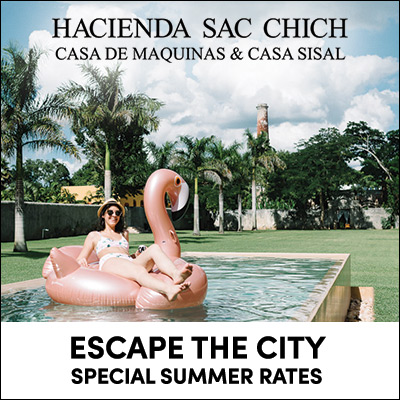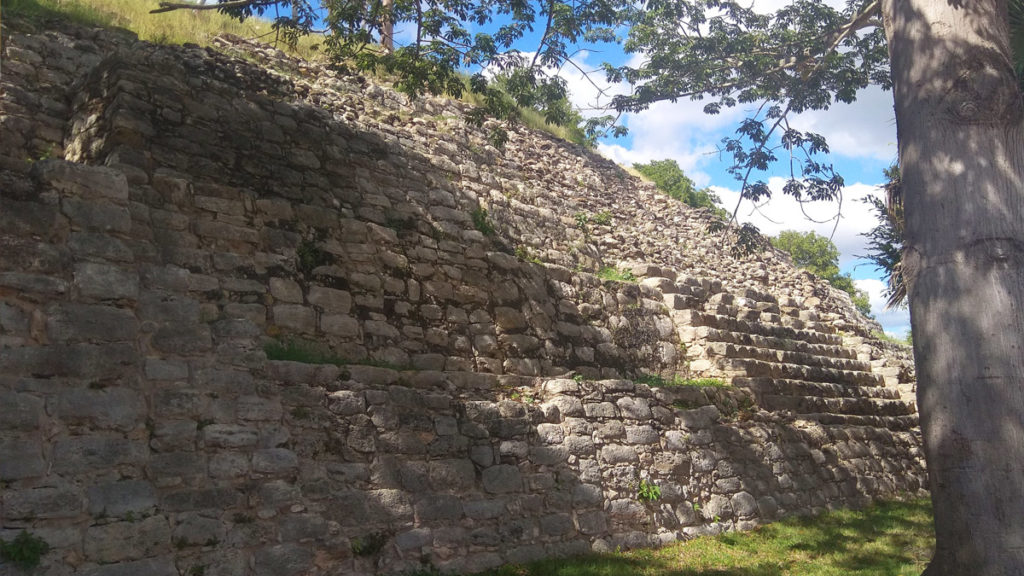
Izamal is a sleepy colonial city an hour east of Mérida. Much like Mérida, the city was built in the 16th century atop the ruins of a large Maya settlement. The city is known to Yucatecos by the moniker Ciudad de las Tres Culturas — the City of Three Cultures. This makes reference to the cities Maya and colonial past, which over several centuries fused into a contemporary mestizo identity.
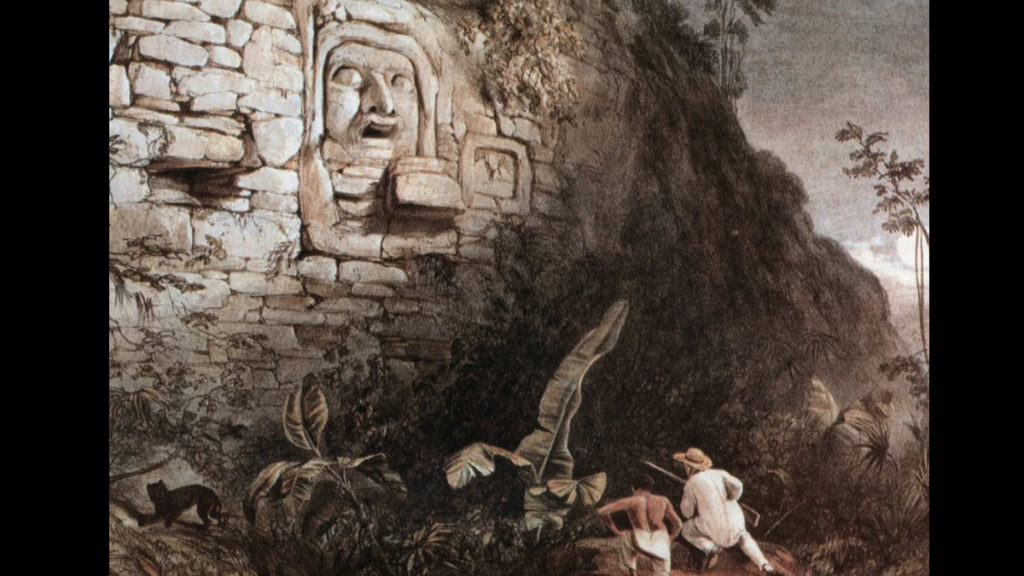
In the 16th century, Spanish conquistadors and the Franciscan order of the Catholic Church, constructed an enormous monastery dedicated to San Antonio de Padua. Its open-air atrium — built on top of what must have been an enormous Maya structure — is second in size only to Saint Peter’s Square in the Vatican.
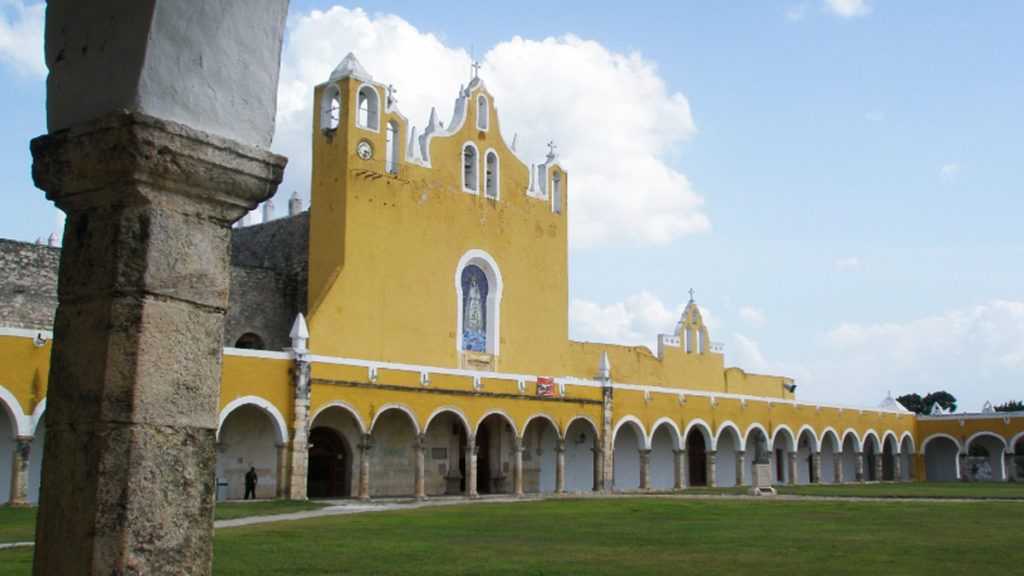
The city’s Catholic heritage came into focus once again when in 1993 virtually all homes and businesses were painted with the colors of the Vatican’s flag — yellow and white — to commemorate the visit of Pope John Paul II.
However, evidence of the Maya temple which once lay in the same location is evident to anyone who pays close attention.

Izamal was likely one of the largest city-states in the northern Yucatán and held several vassal cities in the region such as Ake, Uci, and Kantunil. There are a great many Maya structures to see in Izamal and several helpful signs to help you navigate, but if you pay attention you can spot evidence of even more pre-hispanic constructions in people’s yards and the surrounding countryside.
The most famous Maya structure in Izamal is the pyramid known as Kinich Kak Mo, or Macaw of the Solar Fire Face in the Maya language. This pyramid dedicated to the Maya sun god — Kinich Ahau — has a base that covers two acres or 8,000 square meters. This makes it the largest pyramid in the state of Yucatán and one of the largest in Mesoamerica.
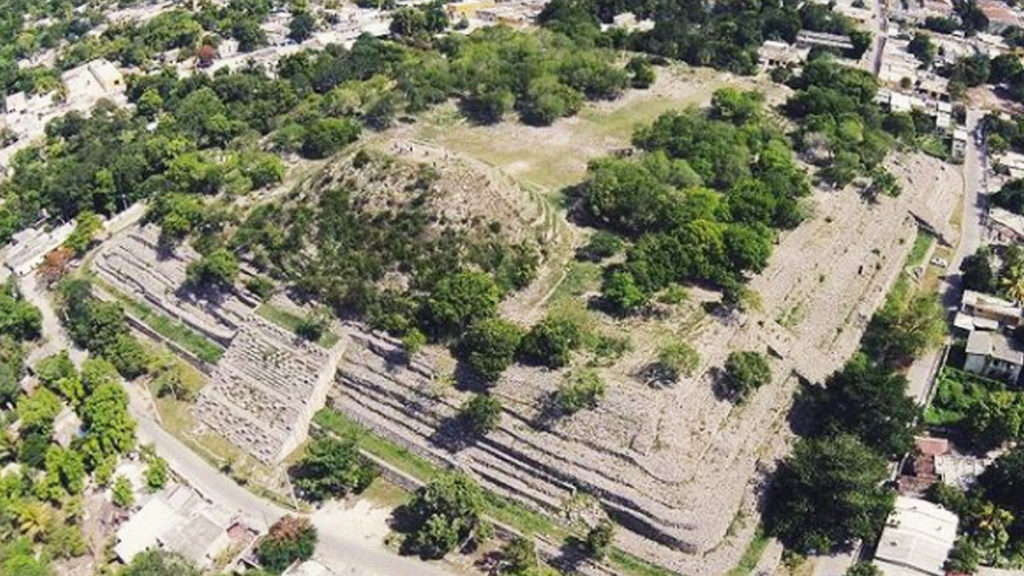
Atop the great structure lays a much smaller pyramid which is often confused with the Kinich Kak Mo itself, as photographing the great pyramid in its entirety is impossible from the ground.
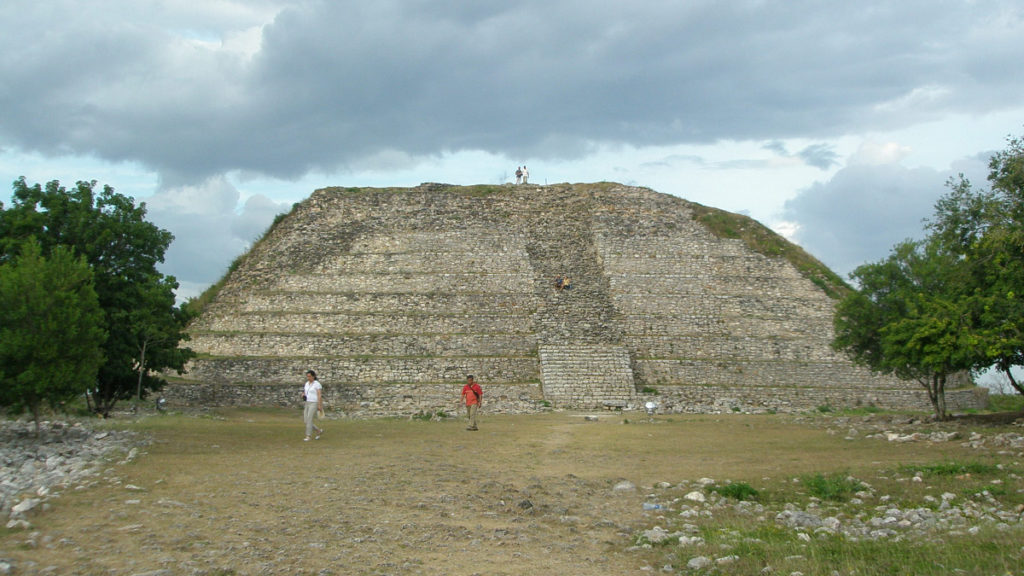
Another of the great Maya constructions found in Izamal is a structure known as Itzamatul. This temple dedicated to the god Zamná, the Maya deity of the sky and creation. Like many other constructions in Izamal, this step pyramid posses characteristic round edges at its base.
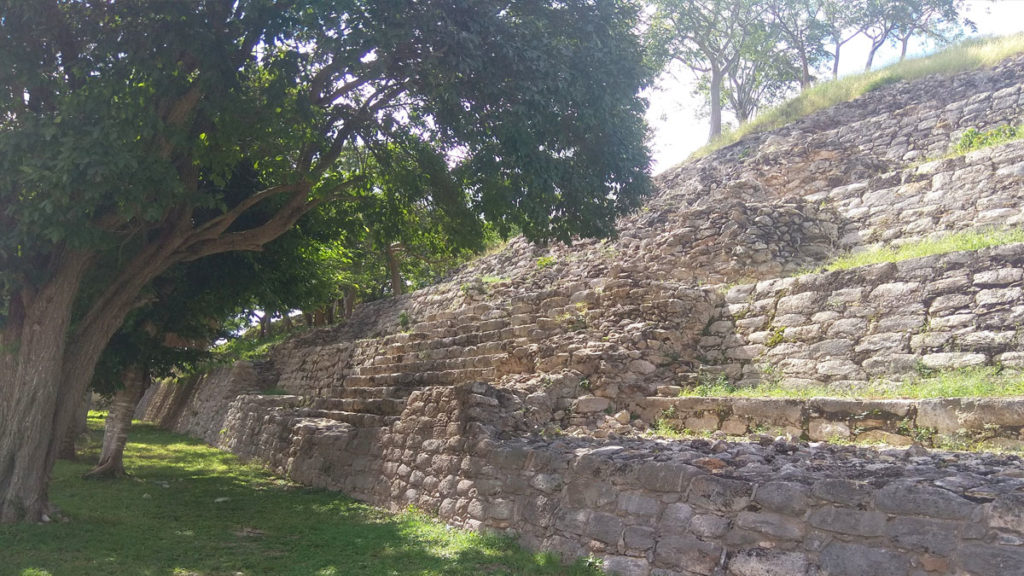
Entrance to all Maya structures in Izamal is free. When passing through gates make sure to wave at the groundskeepers so that they see you and don’t lock you in if they have to run off! We speak from personal experience.
As with all archaeological sites in Mexico, it is prohibited to introduce food or drink — other than water. When inside the site, it is obligatory to wear a facemask and be mindful of social distancing.





